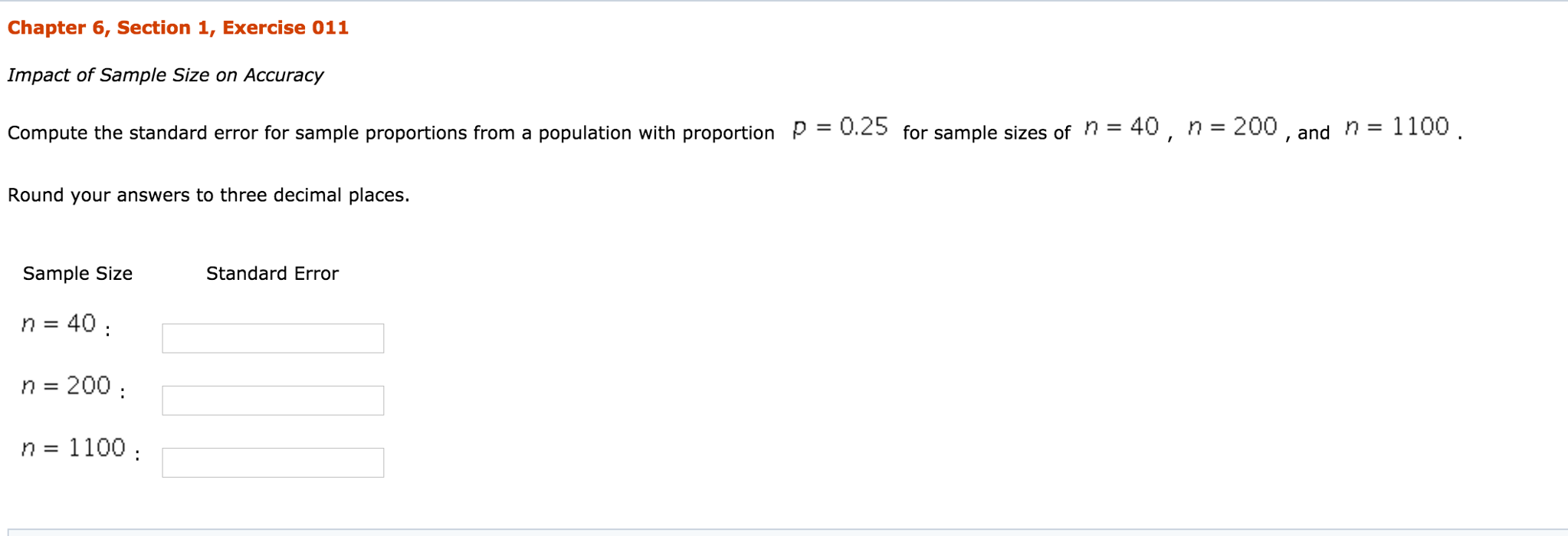
Hence, the sample proportion is obtained. In cell C1, type phat and type “=A2/B2” in cell C2. Enter x, n, 180, 250 in cell A1, B1, A2, and B2, respectively. The steps to obtain the standard error using Excel are as follows: How do you calculate the standard error of proportion in Excel? Now, the standard error of the difference of the proportions is defined as follows: Hence, the sample proportion for 2 nd sample is obtained as follows: Hence, the sample proportion for 1 st sample is obtained as follows: Hence, the standard error of the difference of the population proportions and is defined as follows:Ĭonsider a random sample of 250 people among which 180 persons agreed on smoking and another random sample of 230 people among which 150 persons agreed on smoking. Now, consider a sample of size with number of successful observations and population proportion and another sample of size with number of successful observations and the population proportion. Now, the standard error of the proportion is defined as follows:įor difference between two population proportions: Hence, the sample proportion is obtained as follows: In this problem, the number of success is 180, that is, and the number of total observation is 250, that is. , where is defined as with number of success x and total number of observations of n.Ĭonsider a random sample of 250 people among which 180 persons agreed on smoking.
Calculate standard error of sample proportion how to#
How to find the standard error of a proportion? Standard error of proportion also used to find the confidence interval (margin of error) in a hypothesis testing procedure. The precision of the proportion of a data set can be estimated by the sample proportion. However, the main difference between the standard error and standard deviation is that standard deviation is based on population parameter, whereas the standard error is based on the sample statistic. It implies that if the number of observations increases, then the standard error decreases and if the number of observation decreases, then the standard error increases.Ī large amount of standard deviation and standard error indicates that the observations are widely spread. The standard error of proportion is inversely proportional with the total number of observations. It implies that if the sample proportion increases, then the standard error also increases and if the sample proportion decreases, then the standard error also decreases. The standard error of proportion is directly proportional with sample proportion.

, where, is defined as with number of success x and total number of observations of n. Hence, the formula for the standard error of proportion is defined as follows: It is used to find the accuracy and efficiency of the sample.Ĭonsider that p is the population proportion and is the sample proportion. It has a similar nature with standard deviation, as both are the measures of dispersion. More specifically, the standard error is the estimate of the standard deviation of a statistic.

The standard error of the proportion is defined as the spread of the sample proportion about the population proportion.


 0 kommentar(er)
0 kommentar(er)
